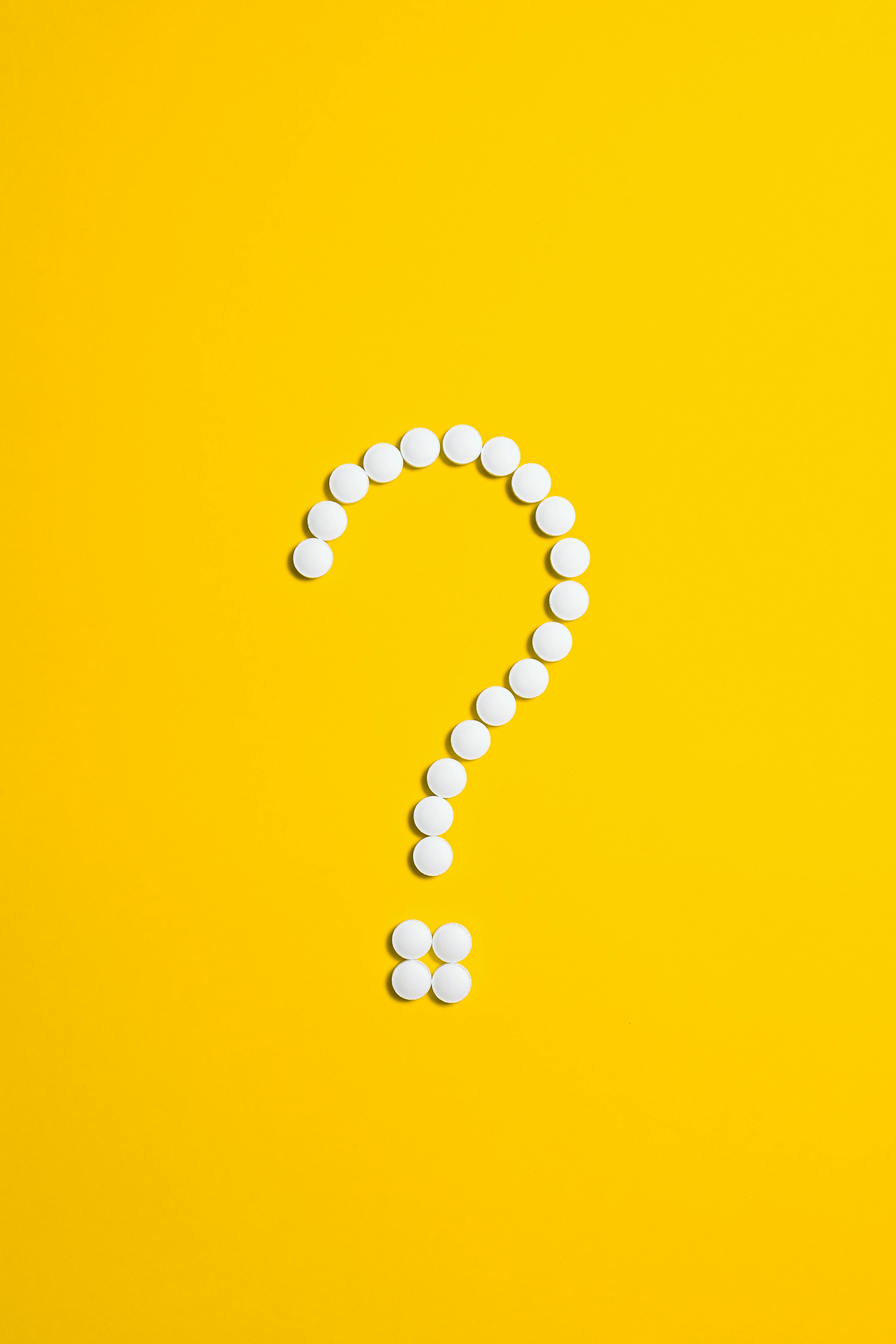Science and the Scientific Method Worksheet Answer Key: Your Ultimate Guide
The scientific method is the foundation of scientific inquiry and experimentation. Understanding how to apply it is crucial for students and professionals alike. In this article, we will walk you through the fundamentals of the scientific method, provide an answer key for common worksheets, and explain how to use these resources to enhance your learning or teaching experience.

Understanding the Fundamentals of the Scientific Method
The scientific method is a systematic approach to inquiry that allows us to answer questions and solve problems. It is essential in every branch of science, from biology to physics. Understanding each step helps students develop critical thinking skills and learn to draw conclusions based on evidence.
Historically, the scientific method has evolved over centuries, with notable contributions from scientists like Galileo, Newton, and Darwin. The method allows researchers to test hypotheses, gather data, and validate or refute their assumptions. In schools, teaching this method helps students develop analytical skills that are transferable to many real-world scenarios.
1.1 Key Steps of the Scientific Method
The scientific method can be broken down into several steps:
- Observation: Identifying a problem or question based on existing knowledge.
- Hypothesis: Proposing a tentative explanation for the observed phenomenon.
- Experimentation: Testing the hypothesis through controlled experiments.
- Data Collection: Recording observations and results from the experiments.
- Analysis: Interpreting the data to determine if it supports the hypothesis.
- Conclusion: Drawing conclusions and sharing results with others.
Understanding these steps is essential for interpreting any worksheet involving the scientific method. Each step aligns with a specific section of a worksheet, helping students identify which part of the process they are working on.
1.2 Common Misconceptions
A common misconception is that the scientific method is linear. In reality, scientists often revisit earlier steps as new data emerges. For example, if new results don’t support the hypothesis, scientists may modify it or develop a new one, leading to further experimentation.
Another misconception is that the scientific method always leads to a definitive answer. Some experiments may result in inconclusive data, and further research might be needed. Encouraging students to understand this iterative process is key to teaching critical thinking in science.
Practical Implementation Guide: Using the Worksheet Answer Key Effectively
Now that we’ve explored the fundamentals, let’s dive into how to apply them using a science and the scientific method worksheet. With an answer key, students can compare their answers and ensure they understand each part of the process. Below, we outline a step-by-step guide for utilizing the worksheet effectively.

2.1 Step-by-Step Actionable Guide
- Step 1: Begin by reading through the worksheet carefully. Understand the problem or question being asked. Use the observation and hypothesis steps to get started.
- Step 2: In the experimentation section, outline your procedure clearly. Include details about the materials and methods you used. This step helps reinforce the importance of control in an experiment.
- Step 3: Collect and record data in the designated section. Make sure to include units of measurement and any relevant observations. This is essential for the analysis phase.
- Step 4: Analyze your data using graphs or calculations as required. This is where critical thinking comes into play—interpreting data to support or refute the hypothesis.
- Step 5: Finally, draw conclusions. Discuss whether the hypothesis was supported or not and suggest further experiments or areas of investigation.
2.2 Overcoming Common Challenges
While completing a scientific method worksheet, students may encounter some challenges. Here are a few common issues and solutions:
- Unclear Hypothesis: Encourage students to ask themselves, “What do I expect to happen?” A clear hypothesis provides direction for the experiment.
- Data Collection Issues: Ensure students are recording data consistently. Provide guidance on how to measure and observe systematically.
- Confusing Results: If the data doesn’t support the hypothesis, suggest ways to think critically about the results and how they might affect future experiments.
These steps will help students stay on track and fully grasp the scientific method’s role in the learning process.
Advanced Applications: Beyond the Basics of the Scientific Method
Once students have mastered the basics of the scientific method, they can move on to more advanced applications. These techniques allow them to apply their knowledge in more complex experiments and research projects.

3.1 Designing Controlled Experiments
Advanced students may need to design controlled experiments that manipulate more than one variable. They should understand the importance of having a control group and independent and dependent variables. This ensures that the results are due to the variable being tested and not other factors.
For example, when testing the effect of sunlight on plant growth, one group of plants might receive full sunlight, while another group receives no sunlight. The control group will help ensure that other environmental factors are not influencing the results.
3.2 Using Statistical Analysis
In more complex experiments, statistical methods can be used to analyze the data. This might include calculating averages, standard deviations, or using t-tests to compare results between groups. Statistical analysis is important for determining the significance of experimental findings.
Students can apply these methods to improve the accuracy and reliability of their conclusions, adding a layer of depth to their scientific inquiry.
Future Outlook: The Evolution of Scientific Inquiry in Education
The future of teaching the scientific method involves incorporating more technology and interactive learning tools. Virtual labs and simulations are becoming more common in science education, allowing students to conduct experiments online in a controlled digital environment.
In the next 3-5 years, we can expect increased integration of artificial intelligence (AI) and machine learning in scientific research and education. These technologies could further enhance the way students interact with scientific concepts, making learning more personalized and adaptive to individual needs.
Conclusion
The science and the scientific method worksheet answer key is a powerful tool for both students and educators. By understanding the core principles of the scientific method and applying them through structured worksheets, students can gain a deeper understanding of scientific inquiry.
Whether you are just starting to learn about the scientific method or advancing to more complex experiments, using worksheets effectively will ensure you grasp these essential skills. Start practicing today and unlock the power of critical thinking and evidence-based conclusions!
Frequently Asked Questions
- Q: How do I begin a science experiment with the scientific method? Start by observing a phenomenon, then form a hypothesis about it. Design an experiment to test the hypothesis, and collect data during the experiment.
- Q: Can I complete a scientific method worksheet without conducting a physical experiment? Yes, many worksheets focus on hypothetical scenarios that allow you to practice applying the method without conducting an actual experiment.
- Q: How long should it take to complete a scientific method worksheet? The time varies depending on the complexity of the experiment. Typically, a worksheet can take anywhere from 30 minutes to 1 hour to complete.
- Q: Are there any free resources to download scientific method worksheets? Yes, many educational websites and teachers provide free printable worksheets. Check with your school or online platforms for access.
- Q: What if my hypothesis is not supported by the experiment? This is a common part of the scientific process. Review your data, reconsider your hypothesis, and possibly design a new experiment.
